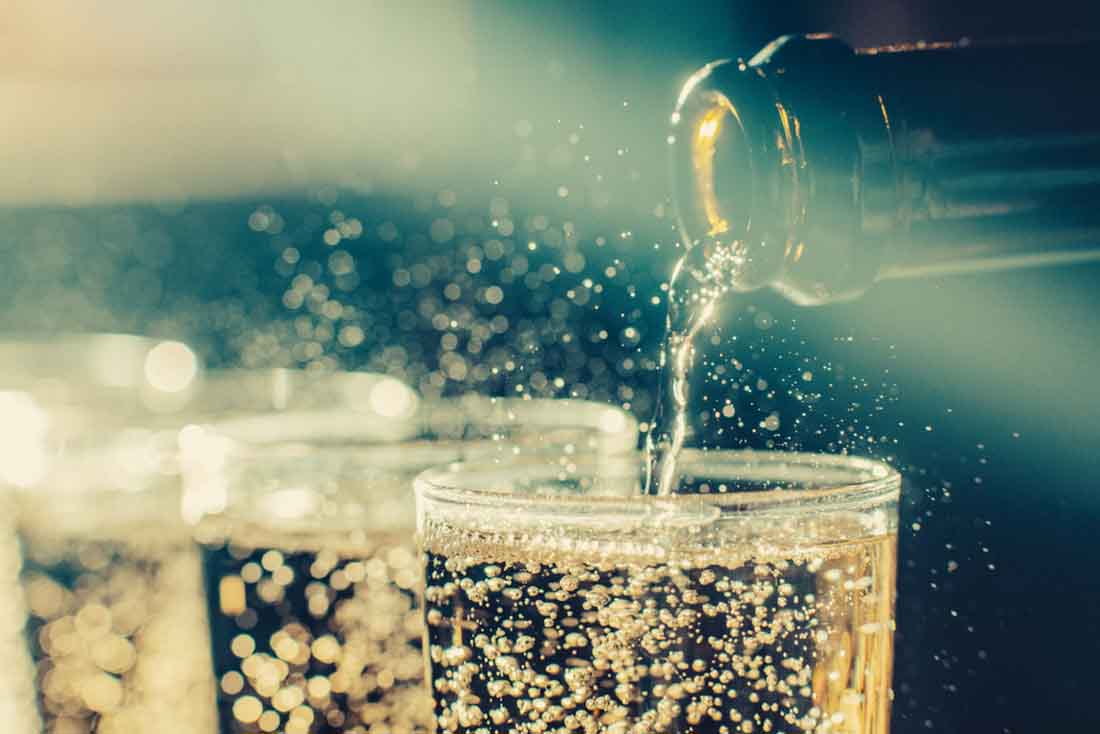
20 Dec Is there a Difference Between Prosecco and Champagne?
Australia produces a good number of sparkling wines such as Sparkling Shiraz which is a genuinely Australian-style wine. Different methods and different grapes are used to make a variety of sparkling wine by wineries in Australia. Much before still wines became popular here, most wines that were produced were either sparkling or fortified.
Today, still wines aren’t as popular as sparkling and fortified wines. If you are a wine lover, you must have tried Prosecco and Champagne, both of which are sparkling wines. Most people are aware that Champagne is of French origin, while Prosecco is an Italian wine. But many other aspects differentiate these two wines. Let’s look at what these differences are:
Where The Wines Are Produced?
- As stated earlier, Champagne is a French product. It is produced in a region named Champagne which is situated 130 km away from Paris.
- Prosecco is produced in Italy in the regions of Veneto and Friuli Venezia. Veneto is 550 km from Rome and at a distance of 24 km from Venice.
How Are They Made?
- Champagne is generally a blend of Pinot Meunier, Chardonnay, and Pinot Noir grapes. However, the mix used depends on the type of Champagne being made. For example, Champagne that is labelled Blanc de Blancs indicates that the wine is produced exclusively with Chardonnay grapes. Blanc de Noirs is made only with Pinot Noir grapes. (While Pinot Noir is a variety of red grapes when the juice is extracted with minimal skin contact, the wine that is produced is white)
- Prosecco is produced using the Glera/Prosecco grape variety. However, some other sparkling wine varieties can also be used in addition to Prosecco grapes (about 15% or less of Pinot Noir and Chardonnay may be used).
- Champagne is always made using the traditional method. It is also the most labour-intensive, time-consuming and costliest methods of sparkling wine production.
- On the other hand, Prosecco is produced using the tank method and is not as expensive. Consequently, Prosecco is also far more affordable than a traditionally-made Champagne.
Their Taste
There are many different fizz styles, and each one has a distinctive taste. But if you compare a dry variant of each, Champagne like the classic Moet has citrus-fruit, buttery and toasty flavours. Cava has a unique sour taste. However, it can be toasty, too. In comparison, Prosecco has an almost soapy, very floral aroma and it tastes very much like pear drops.
Occasions They Are Best-Suited To
Many wine lovers will pop a bottle of Champagne when they fancy it and not necessarily save it for a special occasion or a big celebration. But if you are wondering which occasions these sparkling wines are best suited to, cava works well for picnics as it pairs well with snack-type foods. But Prosecco, with its fruity character, works better for large parties. That’s because its a wine that can be consumed quickly rather than savoured.
Food Pairings
Champagne is quite underrated as a typical food wine. But it has an inherent richness and should be paired with food. It goes well with seafood. Prosecco works well with rich foods like Pannetone.
Different Styles of Champagne and Prosecco
Both of these wines are available in different styles such as slightly sweet, bone dry, pink, white, a combination of vintages or a single vintage, a combination of grapes or single grape etc. These varieties are what make sparkling wines so delicious and exciting. You can try endless styles and types of Champagne and prosecco.
When you invest in fine wines, you also need to store them correctly. Getting a custom wine cellar built is one of the best ways to ensure that your precious wines are stored in climate-controlled space. Not only does this help them stay in good condition, but you also have easy access to them when you want to savour some good wine.
To find out about how Signature Cellars can help you design and build a wine storage solution that can help protect your investment and add value to your home, call us on 1300 570 636 or email info@signaturecellars.com.au, and we will respond within the shortest possible time.
Thanks for reading,
Neil Smallman
Signature Cellars
1300 570 636




No Comments